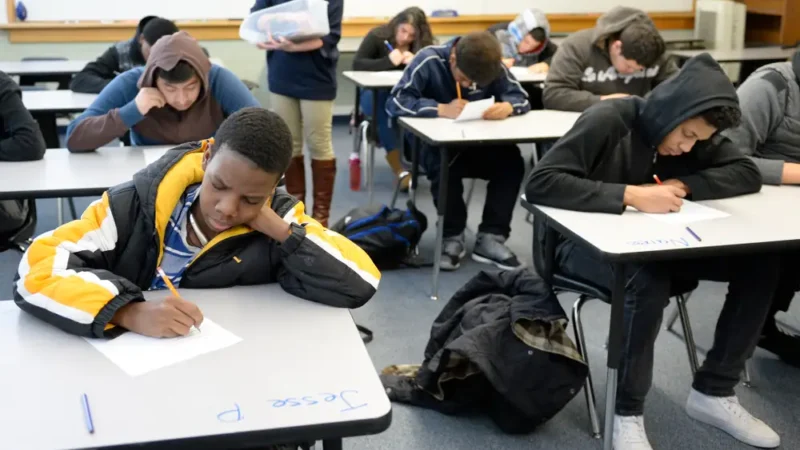What Teachers Should Know About Mobile Devices And BYOD
As more and more schools are implementing Bring Your Own Device (BYOD) policies, it is important for educators to be aware of the potential benefits and challenges of using mobile devices in the classroom. Here are just a few things that teachers should know about mobile devices:

- Many students already have some experience using mobile devices for learning, so it’s important to tap into that potential.
- Mobile devices can help students stay engaged and motivated, and can facilitate collaborative learning.
- However, there are also potential risks involved with using mobile devices in the classroom, such as cyber bullying and online predators.
- Educators need to create policies and guidelines for using mobile devices in the classroom, and they need to be sure to teach digital citizenship and safety as well.
- It’s important to make sure that students are using their devices for educational purposes during class, and not just playing games or texting friends.
Conclusion
Mobile devices can be a powerful tool when it comes to teaching and learning. However, there are potential risks involved with using them in the classroom that teachers need to take into account, such as cyber bullying or online predators. To protect their students from these dangers while still getting the benefits of mobile device usage, educators should create policies for digital citizenship and safety alongside guidelines for how they’re used during class time. If you want help creating your own BYOD policy at school but don’t know where to start, let us know.




